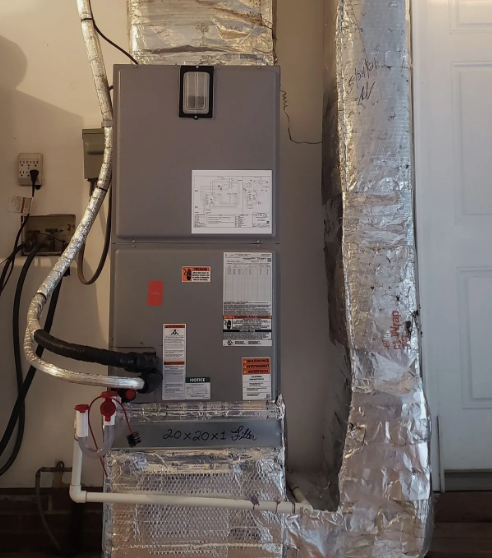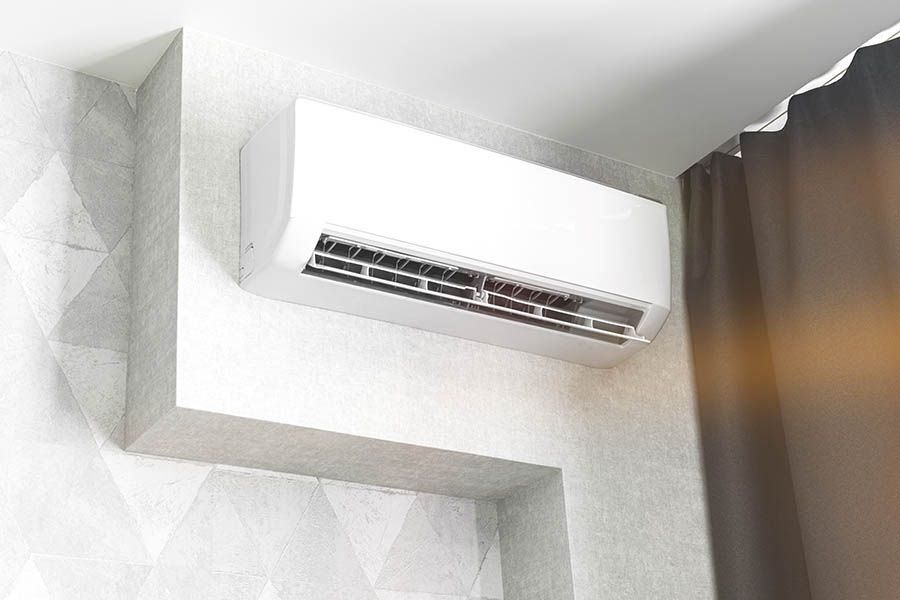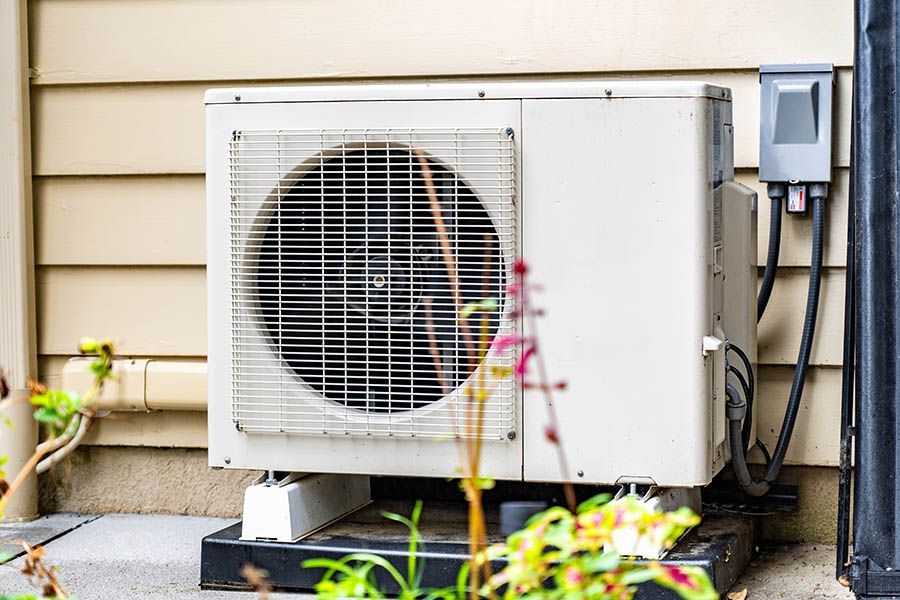In this article, we’ll discuss what heat pump & mini-split systems are, how to choose the best installer, and tips for ensuring your installation goes smoothly.
What Are Heat Pump / Mini-Split Systems?
A Heat Pump is:
Heat pumps run on electricity and refrigerant much like a traditional HVAC cooling system, but the process is reversed thereby creating heat in addition to cool. These systems routinely heat 3X more efficiently than traditional oil systems and are ⅔ more efficient than a window AC—creating a return on investment in all seasons.
A Mini-Split system is a ductless type of heat pump—a ductless heating and cooling system powered by electricity. The system is designed to provide an efficient and environmentally friendly way to regulate temperature in specific areas of a building. Unlike traditional HVAC systems, mini-splits don’t require ductwork, making them an ideal solution for:
- Homes without existing ducts
- Those looking to add heating or cooling to individual rooms
Additionally, mini-splits release upwards of 3.6x fewer GreenHouse Gasses than traditional HVAC Systems, making them the environmentally conscious choice.
These systems consist of two main components:
- Outdoor Unit (Compressor)
- Indoor Units (Air Handlers or Mini Splits)
The indoor units are mounted on the wall or ceiling and are connected to the outdoor unit using small refrigerant and power lines.
Key Benefits:
- Energy Efficiency
- Individual Room Temperature Control
- Discreet Design: Some indoor models double as picture frames
- Neutral Color Options to blend into surroundings
Incentives:
- Massachusetts offers up to $10,000 in direct rebates
- Federal Government provides up to $2,000 in Inflation Reduction Act credits
Why You Need a Professional Mini-Split Installer
Choosing the right installer for your heat pump heating and cooling system is the most important decision you'll make on your mini split or ducted heat pump installation project.
Benefits of Professional Installation:
- Correct Sizing: A proper installer ensures the system is the right size. Undersized = poor performance. Oversized = inefficiency and higher costs.
- Proper Placement: Technicians know the optimal indoor/outdoor unit locations for performance, airflow, and minimal noise.
- Compliance with Codes: Professionals ensure your system meets local building codes and safety standards.
- Warranty Protection: Many manufacturers require professional installation for warranties (often 10–12 years).
- Troubleshooting and Setup: Expert installers calibrate your system, resolve issues, and show you how to maintain and use it efficiently.
How to Pick the Best Mini Split Installer
Selecting a reliable, experienced, and certified installer is key to ensuring a successful installation.
1. Experience and Reputation
Experience is the single most vital factor. Look for:
- A proven track record
- Familiarity with mini-split systems
- Knowledge of seasonal settings and energy savings
Check:
- Online reviews
- References
- Better Business Bureau (BBB)
- Ask friends or family—and look for referral discounts
2. Review Quotes
- Quotes should include:
- Labor
- Equipment
- Materials
- Time estimate
A reputable installer provides clear pricing with no hidden fees. Be cautious of quotes that are too low.
3. Consider the System’s Warranty and Any Maintenance
Good installers offer:
- Ongoing support
- Workmanship warranties
- Manufacturer coverage
- Optional 100% satisfaction guarantees
Red Flags to Watch Out For
1. Unlicensed or Uninsured Installers
This could lead to:
- Poor quality work
- Fines or removal of equipment
Always check for:
- EPA Clean Air Section 608 HVAC Certification
- Proper permits from local planning/building departments
2. No References or Reviews
Lack of experience can equal poor results.
3. Lack of Transparency / Pushy Sales Tactics
Avoid installers who:
- Are vague about pricing
- Can’t explain the process
- Pressure you into quick decisions
Final Thoughts
A mini-split system is an excellent investment in home comfort, but choosing the right installer is key to a smooth, successful installation. By selecting a licensed, experienced, and reputable installer, you’ll ensure your system is properly installed and performs well for years to come—providing both comfort and energy savings.
Take your time, ask questions, and choose a professional who can guide you through the process and provide ongoing support.





